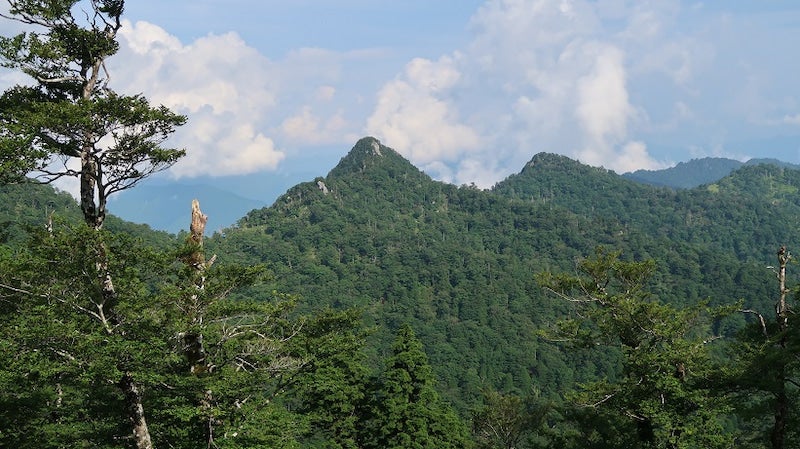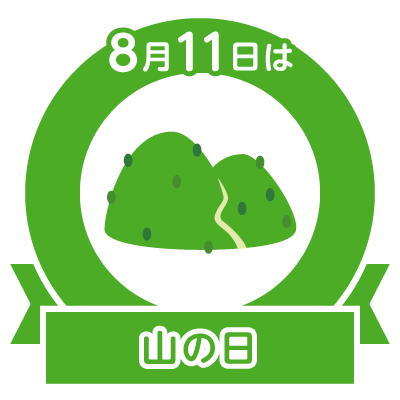For English speakers interested in Shugendo
The activities of the Chichibu Mandala-Goya, of which I am a member, have become increasingly international.
![]()
So I decided to post an English version of my previous blog in an effort to promote diversity.
![]() Click here to read the blog post in Japanese.
Click here to read the blog post in Japanese.
![]() So here it is, my first article in English!
So here it is, my first article in English! ![]()
![]()
Tenkawa-Omine Shugen Workshop
As a Shugenja (Shugendo practitioner), I have walked the Omine pilgrimage route once again this summer.
For your reference, I have reblogged a post by Master Horyu, the head of the Shugendo Dojo in the Chichibu area of Saitama Prefecture.
We hope you can get a sense of our commitment to Shugendo.
📅 Next year's (2023) Shugen Workshop will be held July 15-17.
Relationship with the Buddhas in Nara
Every year, on the day before the Omine pilgrimage, my wife and I visit temples and shrines in Nara Prefecture.
This year, we paid a visit to Shigisan and Horyuji Temple.
I would like to feel the morning air of Shigisan, so we visited Shigisan and then Horyuji in that order.
At Shigisan Gyokuzoin Temple (Shukubo), I bought a Nyoi Hōju (Cintamani) amulet, which I have hoped to enshrine for a long time.
I will enshrine it with great care as a link between the world of Mount Sumeru, where the Buddha resides, and the Buddha altar in my home.
As a person who feels with chi (energy), I feel highly abstract amulets such as Cintamani and Hōkyōintō fascinating in a different way from the statue of the Buddha.
At Horyuji Temple, where we next visited, I received great hints for meditation from the statue of the Buddha enshrined there during the Asuka period.
I will be posting these things soon to share with the readers of this blog as well.
As a Shugenja (修験者)
At the beginning of this blog post, I wrote "as a 修驗者" and I would like to explain what I mean by this expression.
(This is a word to orient myself, so I hope you will forgive me as to the correct or incorrect dictionary meaning of this sentence.)
I would like to be a 修驗者 who integrates the awareness of "self gazed at by the universe" and "self gazing into the universe" as a person.
The essence of 修驗道, as I see it, is "not to be proud of one's mystic power.
驗 is contained within the self, and convictions gained from practice are naturally shared with the universe.
THE WAY’S INSIDE ME
In the fantasy novel "Momo" by German author Michael Ende, there is a passage that goes like this.
For the synopsis of "Momo", please refer to Wikipedia below.
The turtle Cassiopeia, who can foresee the future up to 30 minutes into the future with certainty and can communicate using words that appear on its shell, appears as an important character in this work called Momo.
The main character, Momo, is guided by this Cassiopeia to meet Meister Hora, who controls the allocation of time.
...Such is the scene.
~如是我聞(Thus I hear)~
A magical adventure by the author of The Neverending Story
MOMO
Written by Michael Ende
Translated by J.Maxwell Brownjohny
“All right,” she said, “I’ll come too, but wouldn’t it be quicker if I carried you?”
”AFRAID NOT,” Cassiopeia replied.
“Why should you insist on crawling there by yourself?” Momo said,
but all she got was the enigmatic reply: “THE WAY’S INSIDE ME.”
On that note the tortoise set off with Momo following slowly, step by step.
[...].
At the thought that it wouldn’t be long before she saw Professor Hora again, Momo’s courage revived. “Please,” she said to Cassiopeia, “couldn’t we go a bit faster?”
“MORE HASTE LESS SPEED,” came the reply, and the tortoise crawled on even more slowly than before. Yet Momo noticed, as she had the first time, that they made better progress that way. It was as if the street beneath them glided past more quickly the slower they went.
By the way, I would like to digress a little from the fantasy novel MOMO.
Many people may have the impression that Shugendo is a strict, self-disciplined practice.
However, when I walk the Omine Okugakemichi while chanting the mantra of "En no Gyōja", I feel a soft enveloping light that is harmonious with healing and mercy.
This is the feeling I get when I focus my consciousness on En no Gyōja.
When I turn my attention to the Omine deity, I feel a different sensation.
And as I chant mantras, surrounded by its soft light, walk slowly, ...
I feel as if the ground is carrying me more easily.
From this experience, I think of ...
What 役行者 asks of his disciple 修驗者 is not to improve his own mystical power by relying on his own strength, but to melt into the great nature and be considerate and compassionate.
We can learn many lessons from the allegory of MOMO.
Through this experience, I felt great will in my bones.
I mentioned the mantra, but I would like to explain it in more detail.
When I invoke him in my mind ...
- as 役行者,
- as 役優婆塞,
- as 神變大菩薩,
I get a different feeling from each of them, but I will talk about that another time.
Get the hang of it by "walking"
I wrote in my last blog about my awareness of the way I walk.
I know there are limits to what can be conveyed in writing, but I hope this will be helpful.
I hope to have the opportunity to communicate directly with you if we have the chance.
I would also like to note the methods of training that I try to incorporate into my daily life in preparation for the Tenkawa-Omine Shugen fieldwork.
One of them is that when I climb stairs, I dare to do so slowly, skipping one step at a time.
This is not for the purpose of strength training.
Rather, the focus is on how to relax, and the intention is to improve one's fine sense of gravity by climbing slowly.
We often unexpectedly put a lot of effort into our upper body and use it as a single mass.
Climbing stairs slowly is a good opportunity for being aware of that.
When the upper body is relaxed and used softly unlike when the upper body is stiff, balance is easier to maintain and fatigue is lessened.
In addition to ascending the stairs, we also practice descending the stairs slowly to prepare for the descent.
(When you go down the stairs, you take a single step at a time.)
The impact on the knees and lower back when descending a mountain is different whether the body is rigid or flexible.
A well-developed sense of gravity can also help to prevent falls on your buttocks.
I also feel that I have gained physical benefits from my practice.
As you can read in the following participant's blog, the second day of our pilgrimage was about 10 hours long.
The day after I returned home was a work day, but I was able to return to my daily routine without feeling any discomfort in my body.
This is also thanks to the assistance of 役行者.
(![]() 南無神變大菩薩
南無神變大菩薩![]() )
)
I would also like to add ... ![]()
![]()
![]()
Being flexible in the body leads to an open mind and emotional release, and the feeling of surrender to gravity leads to a sense of security.
It goes beyond simply being physically healthy.
Otherwise, it would be training, but I don't think it could be called faith practice.
Spirituality and Body
When I talk about awareness and body use, one of my backbones is the bodywork technique called 快氣法.
(I am also a certified trainer of 快氣法.)
![]() Click here for a related blog post (in Japanese).
Click here for a related blog post (in Japanese).
As you can see in the link above, each lumbar has its own kinematic property.
Understanding and applying these properties will enable us to perform body manipulation with ease in a variety of situations.
Of course, this method is also used in this year's Shugen Workshop.
During the course of this practice workshop, a goal was born in my mind.
This time, I set a target to synchronize without touching the body of pilgrims who are feeling tired with my body sensation.
I've been able to obtain 驗 of that within myself.
As a 修驗者, I will apply this experience to my daily practice of compassion.
Thank you to all participants for your support.
We look forward to working with you again next year.
![]() So thank you for reading
So thank you for reading![]()
▼On That day Only! Blog Stamp







